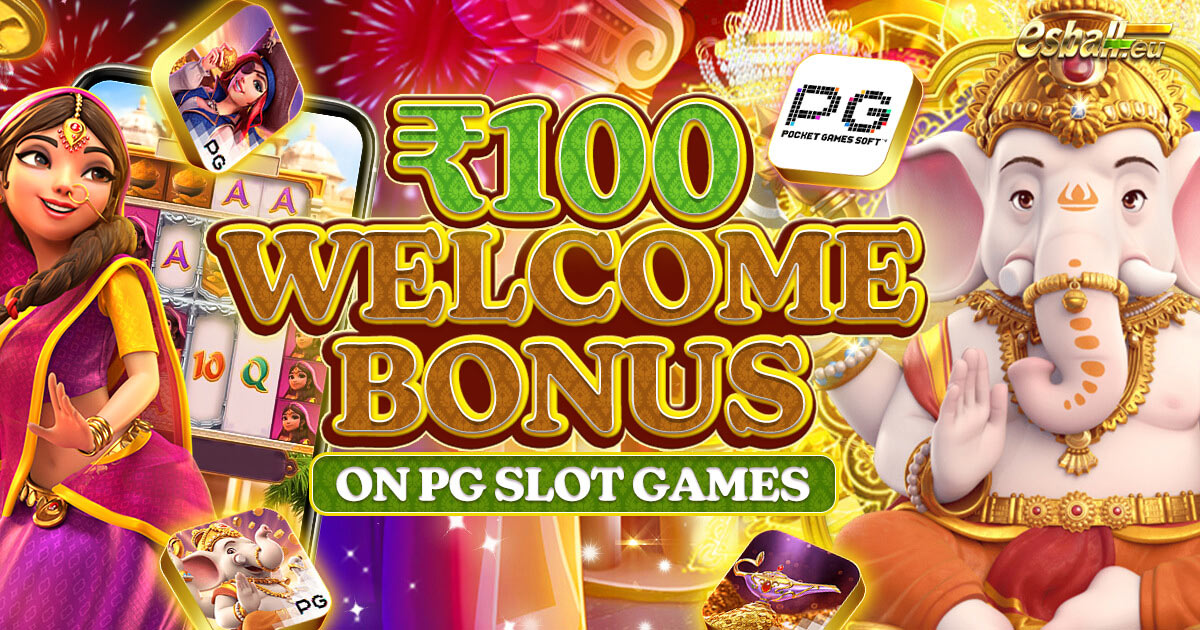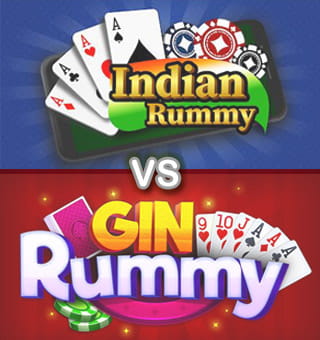
8 Difference Between Indian Rummy And Gin Rummy You Should Know
These two card games might appear similar to you but they have many significant differences. To answer all your questions about Gin Rummy and Indian Rummy or 13 card rummy, we describe all the differences between the two versions of rummy below.
Indian Rummy Gin Rummy Game Introduction
We are sure that when you type the word rummy in search engines to get to know more about the game, the search results would pop up and show as many links to Gin rummy as it would to show for other forms of rummy. As you may be aware that the variant of rummy that we play in India is just one of the variants of a group of games that comes under the name – rummy. The variant that is commonly played here is called Indian rummy or 13 cards rummy. Though this also follows the pattern of pick and discard like other games, it is quite different from Gin Rummy.
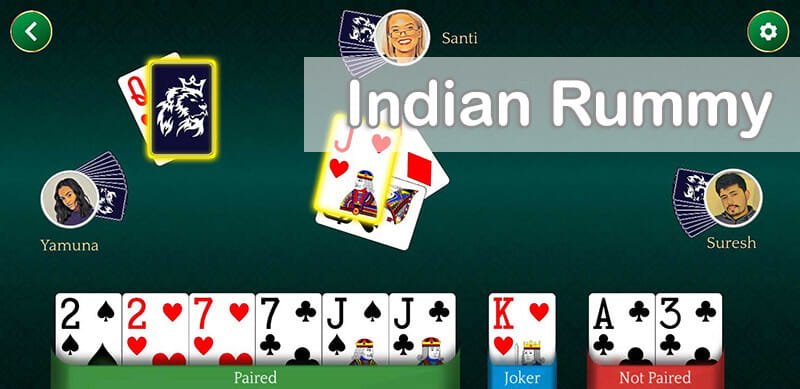
What is Indian Rummy
Indian Rummy Game is a widely popular version of the card game rummy, evident by the huge number of players playing Indian rummy online. The game is not just based on the original form of rummy but also is almost identical in gameplay.
The game uses 1 deck of 52 cards for 2 players and 2 decks of 52 cards for 6 players. The only major difference from the original game of rummy is that the Indian Rummy game is played with 13 cards in hand at a time. Out of which the players make groups and melds in the form of sets and sequences. The other Indian rummy rules include players when dealt with 13 cards with each passing round having to draw a card and discard one. This ensures that the number of cards remains the same with each player after every turn, while also allowing them to shuffle, arrange and rearrange their hands.
It is a basic requirement of the game, that a player must form a minimum of 2 sets. But any number of sets of 3 cards, 4 cards or above can be made. Another criterion is such that a player must make at least 1 pure set i.e. a combination of sequential cards of the same suit of cards. Any player from the active rummy table who can fulfil these listed conditions first becomes the winner of that round/game.
Indian Rummy game is a faster moving game in comparison with the standard game of rummy. As Indian rummy has only 13 cards per player to meld into sets and sequences. Thus, it is very much appreciated and played in the Indian subcontinent. It is one of the most played card games in India too. Millions of players play Indian rummy online games daily on various rummy portals like KhelPlay Rummy.
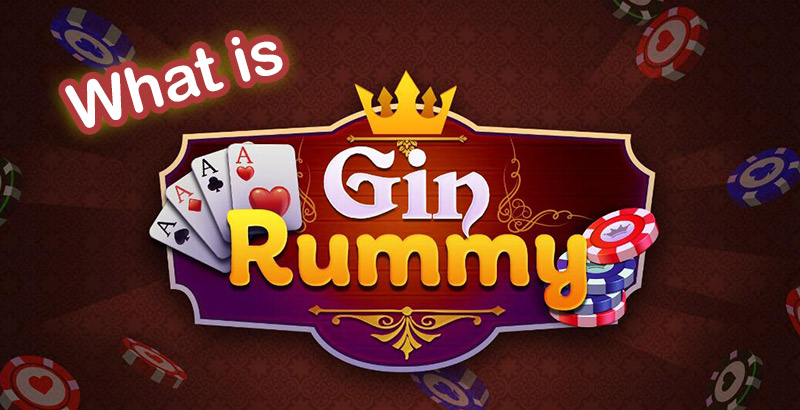
What is Gin Rummy
Gin Rummy is a member of the Rummy family of games. As with most games there are plenty of variations out there, so the game might not be exactly like you play it or have different points for some things.
Two play, using a 52-card deck; each player is dealt 10 cards facedown, one at a time, beginning with the nondealer. The remainder of the deck, placed facedown, forms the stock, the top card of which is turned up beside it to start the discard pile. The nondealer may take the top card from the discard pile or refuse it; if the nondealer refuses, the dealer has the same option. If both refuse, the nondealer draws the top card of the stock. Thereafter, each player in turn takes the top card of either the discard pile or the stock and then discards one card faceup on the discard pile.
The object of play is to form melds as in rummy—either sequences of three or more cards of the same suit or sets of three or more cards of the same rank. After drawing, a player whose unmatched cards (less one discard) total 10 points or less may “knock” (by physically rapping the playing surface or by making a verbal declaration). Face cards count 10 points each, aces 1 point each, and other cards their index value. Upon knocking, a player melds up to 10 cards, with unmatched cards to one side, and then discards the 11th card. Melding all 10 cards is called going “gin.”
What Is Different Between Indian Rummy And Gin Rummy
These two card games might appear similar to you but they have many significant differences. To answer all your questions about Gin Rummy and Indian Rummy or 13 card rummy, we describe all the differences between the two versions of rummy below.
1. Number of Players
Indian Rummy: Indian Rummy is usually played by two to six players.
Gin Rummy: In Gin Rummy, the number of players is either two or four.
2. Number Of Cards Dealts
The Indian Rummy, as we all know, is popularly called a 13 card Rummy due to the number of cards every player holds in order to form sequences and sets. But in case of Gin Rummy, a player carries only 10 cards with him throughout the game.
Indian rummy: In this variant, each player is given 13 cards and this is probably why the game is also known as 13 cards rummy
Gin Rummy: In this format of the game, each player is given 10 cards only.
3. Use Of Joker
Indian Rummy: A joker card is used in Indian Rummy to complete a sequence of same suits or a set (cards of the same rank). In addition to two printed jokers, one more card is picked during the course of an Indian Rummy game and is used as the joker for the game.
Gin Rummy: Since there is no concept of joker in Gin Rummy, there are no rules as such to talk about.
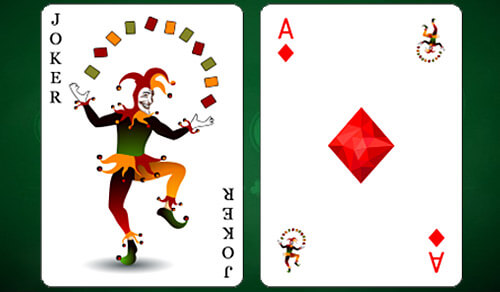
4. Aces
Indian Rummy: In 13-card rummy, aces are the highest cards, worth 10 points each. They can be used to create sequences with both high and low cards. An ace can form a sequence with the 2 and the 3 of the same suit or the Queen and the King of the same suit. For example, Q♠-K♠-A♠ and A♠-2♠-3♠.
Gin Rummy: In Gin Rummy, Aces have the lowest value in a Gin Rummy game, worth 1 point each. They are used to complete a sequence with the low cards 2 and 3 only. For example, A♠-2♠-3♠ is a valid sequence in the game.
5. Value of Cards
Indian Rummy: in Indian Rummy, Aces can be used as both the first card and the 14th card. For example, Ace, Two and Three of same suit make a pure sequence and Ace, King and Queen of same suit also make a pure sequence.
| Cards | Value | Example 1 | Example 2 |
| Aces | 10 point | Ace of Spade = 10 point | Ace of Heart = 10 point |
| Faces | 10 points | Jack of Heart = 10 points | Queen of Diamond = 10 points |
| Others | Pip value | Six of Heart = 6 points | Eight of Club = 8 points |
Gin Rummy: in Gin Rummy, Aces are used as only the first card. So for a pure sequence, there could only be Ace, Two and Three of same suit, not Ace, King and Queen of same suit.
| Cards | Value | Example 1 | Example 2 |
| Aces | 1 point | Ace of Spade = 1 point | Ace of Heart = 1 point |
| Faces | 10 points | Jack of Heart = 10 points | Queen of Diamond = 10 points |
| Others | Pip value | Six of Heart = 6 points | Eight of Club = 8 points |
6. Sequences And Sets
Indian Rummy: in Indian rummy the value of sequences, that is 3 or 4 cards of consecutive numbers of the same suit, is pretty high. In fact a winning hand has to have two sequences, out of which one has to be natural, that is without jokers. Sets are triplets or four cards of the same number or picture from different suits.
Gin Rummy: In Gin rummy there is no difference between sets and sequences, both are treated at equal level.
7. Making A Show
Indian rummy: In the Indian Rummy, when the cards are grouped into sequences / sets as per the objective of the game, the player is required to make a show. In other words, he must submit the cards as a process of declaration. In Indian rummy a player can make a show when all the 13 cards in his or her hand have been melded into sets and sequences as per the rules.
Gin Rummy: In Gin rummy, player can go gin ( make a show) when all the 10 cards are melded into sets and sequences. But in Gin rummy there is one more option, which is called knocking. If a player is holding cards that have deadwood points that are less than 10 points they can knock. If the opponent has more points than the points the knocking player has, then the player who knocks wins. But if the other player has points lesser than yourself you will be penalized with 25 points. Another concept in Gin Rummy is that of the Big Gin, where you need to use the eleventh card also in making a show.
8. Scoring
Indian Rummy: Face cards are worth 10 points each, while the numbered cards are worth their face values. The total value of the unmatched cards in each player’s hand at the time of declaration is added up and they lose the game by those points.
Gin Rummy: Here, the player may declare their hand in two ways. The first way is by declaring the hand after arranging all the cards in sets and runs with no deadwood. This is called going gin, for which the player scores 25 points.
The second way is called knocking. After a player melds almost all his/her cards and is left with the cards that are not part of combinations and have total value less than 10, the player can go for knocking. The cards not being melded are called deadwood cards. After a player knocks, the opponent has to lay off all his/her cards. The total points earned by the player who has knocked are based on the difference between his deadwood points and the opponent’s deadwood points. For example, if you have Ace, Four and Two, then your deadwood points are 7. Your opponent has Four, Five and King, his/her deadwood points are 19. The total points you win are 19 - 7= 12 points.
However, if your opponent’s deadwood points are less than yours, you are penalized with 25 points. In addition to 25 points, your opponent also earns the difference between your deadwood points and his/her deadwood points. So, if you knock and your deadwood cards are Ace, Two and Six and your opponent’s deadwood cards are Ace, Ace and Two. Your opponent earns 25 + (9 - 4) = 30 points.
Gin rummy and Indian rummy are quite different from each other though they belong to the same family of games. They are both exciting games but Indian Rummy is by far the most popular rummy variant in India.
₹10,000 EVO First Deposit Live Casino Online Roulette Bonus is here! Claim your casino bonus for the EVO Live game, including roulette, red door roulette... and so on!
All the Baccarat and roulette games you can find in EVO live casino online, you can play with this casino bonus, so don't miss out on the bonus, especially for lighting roulette!

